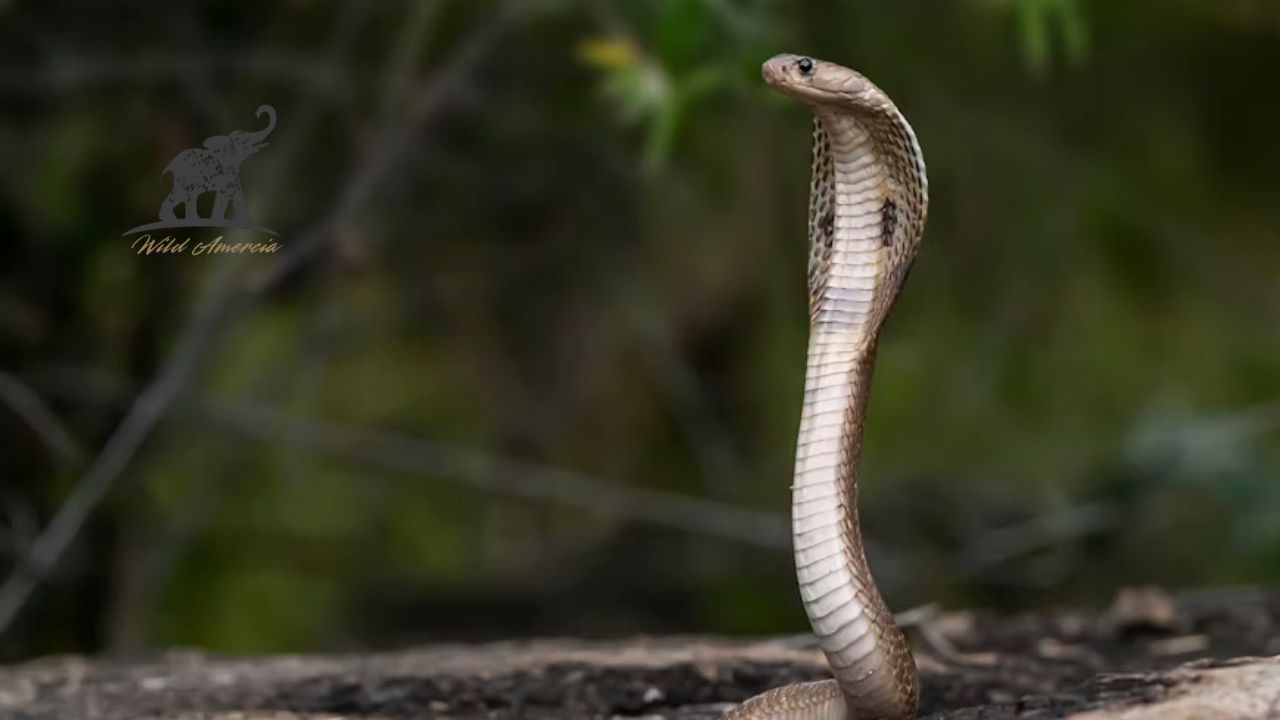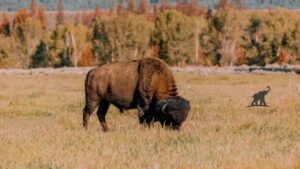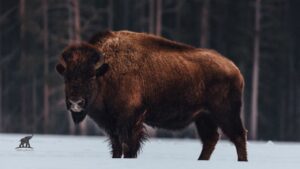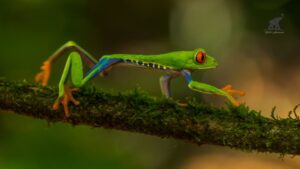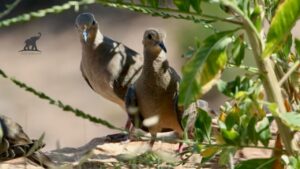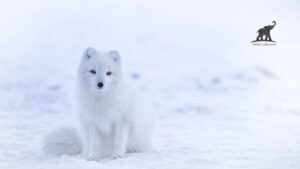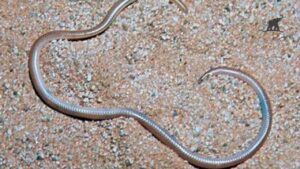Snakes are among the most fascinating and misunderstood creatures in the animal kingdom. Whether you’re hiking in snake-prone areas or simply curious about their behavior, understanding their activity patterns and how to stay safe around them is crucial. Like spotted salamanders, snakes exhibit seasonal and environmental dependencies. This guide will help you uncover when snakes are most active, how to identify venomous species, and practical safety measures to protect yourself in snake territories.
Summary Table on Snake Activity and Venomous Species
| Aspect | Details |
| Snake Activity by Season | Most active in spring and summer; less active or dormant in winter |
| Daily Activity Patterns | Diurnal in spring/fall; nocturnal in hot summer months |
| Highly Venomous Snakes in the USA | Eastern Diamondback (SE USA), Coral Snake (South), Mojave Rattlesnake (SW USA) |
| Why Summer is Peak Snake Season | Abundant prey, optimal temperatures for movement |
| Where They Go in Winter | Brumation (similar to hibernation) in underground dens |
| “Silent Killer” in the USA | Coral Snake |
When Are Snakes Most Active?
Seasonal Activity
Snakes thrive when the environment conditions are optimal. Because they are ectothermic (cold-blooded), they rely on external heat sources to maintain their body temperature.
- Spring and Summer: Snakes are extremely active during these months. Warmer temperatures encourage feeding, mating, and exploring new territories.
- Fall: Activity slows down as temperatures drop. Snakes begin preparing for brumation, a state similar to hibernation.
- Winter: Most snakes go into brumation, hiding in dens or burrows to conserve energy.
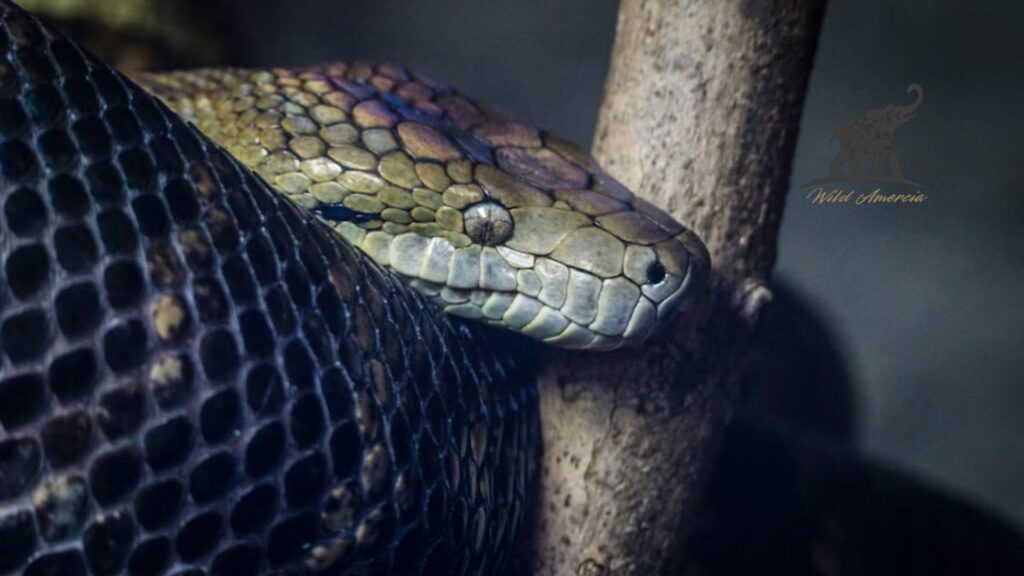
Daily Activity
A snake’s activity depends not just on the season but also on the time of day.
- Spring and Fall: Snakes are generally diurnal, meaning they are active during the daytime.
- Summer: Many snakes switch to nocturnal behavior in summer to avoid extreme daytime heat.
Why Are Snakes More Active During the Summer?
Snakes are most active in summer due to:
- Abundance of Prey: Small mammals, birds, and amphibians like spotted salamanders are also most active during summer, providing a feast for snakes.
- Ideal Temperatures: Warm air and ground temperatures help snakes move more efficiently and stay energetic.
Their increased activity in summer also explains the spike in snake sightings during hikes or outdoor activities.

Where Do Snakes Go in Winter?
As temperatures plummet, snakes enter brumation, a survival strategy similar to hibernation. Instead of entirely shutting down, snakes become lethargic and significantly reduce their activity.
- They shelter in underground dens or cracks in rocks to stay insulated.
- Some species brumate communally, with several snakes sharing one den for warmth.
How to Protect Yourself During a Snake Encounter
Encountering a snake can be intimidating, but staying calm is key.
Steps to Take:
- Stay Still: Sudden movements may provoke the snake to strike.
- Maintain Distance: Slowly step back to create at least 6–8 feet of distance.
- Do Not Handle: Never attempt to pick up or move the snake.
- Carry a Walking Stick: Use it to check tall grass or undergrowth before stepping.
If Attacked:
- Forget old myths like “sucking out venom.” Apply a pressure bandage to the bitten area and keep it immobilized.
- Seek medical attention immediately.
Pro Tip: Investing in snake gaiters for your legs can prevent bites during outdoor activities like hiking.
Identifying Venomous vs. Non-Venomous Snakes
Morphological Features
| Characteristic | Venomous | Venomous |
| Pupil Shape | Elliptical (cat-like) | Round |
| Head Shape | Triangular, broad | Rounded, narrow |
| Body Pattern | Often with vivid markings | More uniform or subtle markings |
Example : Rattlesnakes, Copperheads, Garter snake, Rat snake
Signs of a Venomous Snake Bite
- Severe pain and swelling at the bite site.
- Two puncture wounds, indicative of fangs.
- Dizziness, sweating, or difficulty breathing indicate an emergency.
Highly Venomous Snakes in the USA
The USA is home to several venomous snakes. Here are the most dangerous ones and where they’re commonly found.
- Eastern Diamondback Rattlesnake: Found in southeastern USA, this species holds the title for being the largest venomous snake in North America.
- Coral Snake: Known as the “silent killer,” this species inhabits the southern USA and is infamous for its potent neurotoxic venom.
- Mojave Rattlesnake: Primarily found in the southwest, its venom is often considered the most lethal among rattlesnakes.
- Cottonmouth (Water Moccasin): Prefers wetland areas across the southeast USA.
FAQs
Are snakes dangerous to pets?
Yes, venomous snake bites can be fatal to pets. Always keep dogs leashed during hikes.
How can I spot a snake in my yard?
Be cautious in shaded, grassy areas and near cluttered spaces such as firewood stacks or under decks.
How many venomous snake species does the USA have?
The USA is home to 20 venomous snake species, with rattlesnakes being the most common.
Can spotted salamanders attract snakes?
Yes, as a food source, salamanders (like the spotted variety) can attract snakes during feeding periods.
Final Thoughts
Snakes play a vital role in maintaining ecological balance but can pose hazards when crossed during their active months. By learning their activity patterns and identification features, you empower yourself to enjoy outdoor adventures safely. If you’re venturing into snake territories, gear up with protective clothing and stay vigilant!
Admin Recommendation
Cottonmouth Snakes in North Carolina (NC): Key Facts
The Fascinating World of Arctic Fox Fur
Experience the Majesty of Elk and Bison Prairie, KY
Cottonmouth Snakes in North Carolina (NC): Key Facts
Bald Eagle Spiritual Meaning: A Guide to Symbolism and Significance
The Appealing Charm of Ragdoll Kittens
Where to Find Arctic Fox Fur in AC Valhalla
The Barbados Threadsnake: Unveiling the World’s Smallest Snake
American Eskimo Dog: A Comprehensive Guide to This Charming Breed
Discovering Acadia National Park Wildlife
Spotted Salamanders: Nature’s Hidden Gems
Baby American Crocodile: Fascinating Facts About The Next Generation
The Fascinating World of the Albino Wild Turkey
American Bulldog puppies: Full of life, loveable and loyal
Baffin Polar Bear: A Journey into the Arctic’s White Majesty
NC Copperhead Snake: A Comprehensive Guide
Mojave Desert Rattlesnake—A Deadly Beauty of the Southwest
Mourning Dove Lifespan, Care, and Diet Guide
Arroyo Toad: A Guide to This Endangered Amphibian
Northern Leopard Frog: A Fascinating Amphibian
House Sparrow Fledglings:All You Need to Know
The Fascinating World of the Cave Salamander
Eastern Bluebird Spiritual Meaning: A Symbol of Hope and Happiness
When Goldfinches Transform: The Complete Guide to Goldfinch Molting
Hummingbirds Nest: Nature’s Tiny Masterpiece
The Complete Guide to Blue Jay Bird Eggs: Nature’s Stunning Sky-Blue Treasures
Discover the Amazing World of Northern Cardinal Eggs: A Complete Guide
Meet the Rare Albino Kangaroo: Nature’s Most Stunning White Wonder

